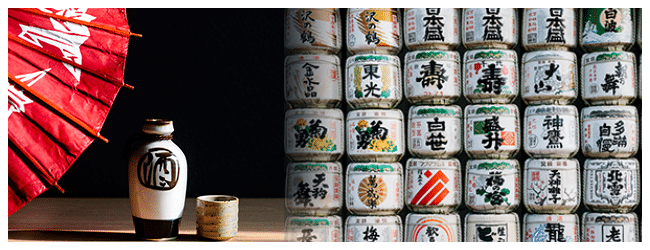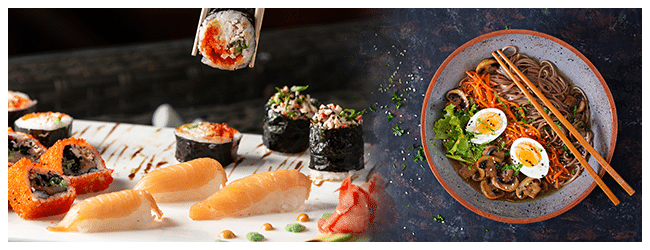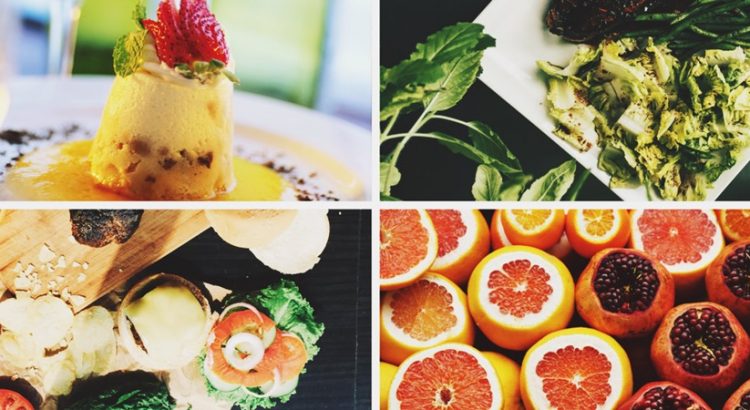Listen: I like food, okay?
No that might not even be right, I love food! Especially Japanese food – curry, ramen, tempura, oh yeah!
How does that relate to learning the Japanese language? Research shows that connecting new learning to things you already understand is one of the best ways to learn! If you like food and are learning a new language you should learn the names of your favorite foods in that language!
The Japanese language is broad, but when you dedicate yourself to learn the words and phrases one by one, you’re soon going to achieve perfection. Starting with something easy to relate to, like food, is a great way to learn and have fun doing it.
When I go to Japan on vacation or for business purposes, the most common places I am going to visit will be restaurants. You have to eat 3 times a day, after all! Either in the Japanese famous restaurants, food streets or a friends house, food is a several-times-a-day thing! And you don’t want to have difficult communicating, and sometimes it’s even a hassle for you to always look on your Japanese translation book or a translation app on the phone every time you want to convey something. So let’s learn about some food!
Native Japanese Food Words vs Borrowed
Both native and borrowed words are used for Japanese food items. Some are called using the English-derived terms which are easier than the original native name. For example, onion can be “onion オニオン” or “tamanegi 玉葱”. Unfortunately not everyone in Japan knows both words, but young people are more likely to know the English.
Some other examples include: retasu for lettuce (just replace the “l” with an “r” and you’re pretty close), poteto for potatoes, and koon for corn.
Below, I’m gonna show you some common terms of food in Japanese version.
Have fun!
Vegetables (やさい – Yasai)

| Kana | Romaji | English |
|
アスパラガス |
asuparagasu | asparagus |
|
あずき豆 |
azuki mame | azuki beans |
| ブロッコリ |
burokkori | broccoli |
| にんじん | ninjin | carrots |
| セロリ | serori | celery |
| レタス | retasu | lettuce |
| キャベツ | kyabetsu | cabbage |
| トマト | tomato | tomato |
| ねぎ | negi | green onion (scallions) |
| たまねぎ | tamanegi | (round) onion |
| ポテト | poteto | potatoes |
| ブロッコリー | burokkorii | broccoli |
| ピーマン | piiman | bell pepper, green pepper (Fr. piment) |
| まめ | mame | beans (in general) |
| ピース | piisu | peas |
| コーン | koon | corn |
Fruit (フルーツ – Furuutsu)

| Kana | Romaji | English |
| りんご | ringo | apple |
| ぶどう | budou | grapes |
| なし | nashi | Japanese pear |
| ようなし | younashi | (western) pear |
| かき | kaki | persimmon |
| オレンジ | orenji | orange |
| レモン | remon | lemon |
| ライム | raimu | lime |
| グレープフルーツ | gureepufuruutsu | grapefruit |
| バナナ | banana | banana |
| いちご | ichigo | strawberry |
| ブルーベリー | buruuberii | blueberry |
| さくらんぼ | sakuranbo | cherry |
| メロン | melon | green melon (honeydew) |
| すいか | suika | watermelon |
Drinks (のみもの – Nomimono)

| Kana | Romaji | English |
| みず | mizu | water |
| おちゃ | ocha | green tea, tea in general |
| にほんちゃ | nihoncha | Japanese green tea |
| むぎちゃ | mugicha | Japanese iced barley tea |
| こうちゃ | koucha | black tea (lit. “crimson tea”) |
| コーヒー | koohii | coffee |
| ぎゅうにゅう・ミルク | gyuunyuu/miruku | milk |
| ジュース | juusu | juice |
| オレンジジュース | orenjijuusu | orange juice |
| レモネード | remoneedo | lemonade |
| ソーダ | sooda | soda, pop |
| おさけ | osake | sake (rice wine), alcohol in general |
| にほんしゅ | nihonshu | Japanese sake |
| ワイン | wain | wine |
| ビール | biiru | beer |
Rice, Noodles, Bread (こめとめんとパン – Kome to Men to Pan)

| Kana | Romaji | English |
| こめ | kome | rice (uncooked) |
| ごはん | gohan | rice (cooked) |
| げんまい | genmai | brown rice |
| うどん | udon | udon (wheat noodles) |
| そうめん | soumen | somen (thin noodles) |
| そば | soba | soba (buckwheat noodles) |
| ラーメン | raamen | ramen (Chinese noodles) |
| パン | pan | bread, rolls, pastries |
| かしパン | kashipan | sweet bread, pastries |
| ピザ | piza | pizza |
Japanese Food (わしょく- Washoku)
| Kana | Romaji | English |
| すし | sushi | sushi (sweet vinegared rice with raw seafood, in various shapes) |
| さしみ | sashimi | sashimi (thinly sliced raw fish over sushi rice) |
| てんぷら | tenpura | tempura (battered and fried vegetables and seafood) |
| やきとり | yakitori | yakitori (grilled chicken skewers) |
| やきにく | yakiniku | yakiniku (grilled beef and vegetables) |
| やきざかな | yakizakana | grilled fish |
| やきそば | yakisoba | yakisoba (fried noodles, usually udon or ramen-like, with ham/sausage and vegetables) |
| すきやき | sukiyaki | sukiyaki (too difficult to explain here) |
| おこのみやき | okonomiyaki | okonomiyaki (“Japanese pancakes”, with meat or seafood and vegetables inside) |
| とんかつ | tonkatsu | fried pork cutlet |
| カレー・カレーライス | karee/karee raisu | Japanese curry with rice |
| コロッケ | kurokke | croquette (fried mashed potato patty with meat/seafood/vegetables) |
| ぎょうざ | gyouza | Chinese style fried dumplings (potstickers) |
| みそしる | misoshiru | miso soup (miso is a soy-based paste) |
| つけもの | tsukemono | Japanese pickles |
How to order food in Japan.
Now that you know what the food names are, you need to know how to ask for something!
<Something> kudasai!
Something please!
Hanbaga kudasai!
I’ll have the Hamburger, please!
<Something> onegaishimasu.
Something, please may I have it.
So you can say “Omizu kudasai” or “Omizu onegaishimasu” to ask for water.
And once you have told the waiter everything, you can say “Ijou desu” to mean “that’s all”.
I hope these are helpful for you in learning some basics. It’s not everything, but it’s better to have something than nothing. (LOL)
Are you wanting to experience these foods in person? Learn about the cost of visiting Japan and then learn about what you can see in Tokyo.
